Modern Makeover for a Colonial Revival Home in Westport
July 10, 2025
A modern overhaul breathes life into a tired colonial revival—and exposes spectacular water views in the process.
Text by Alyssa Giacobbe Photography by Tim Williams
Making a Colonial Home a Little Less Colonial
It’s not often that Westport architect Jon Halper is presented with the request to completely transform a fairly young house. But the new homeowners of a nearly 7,000-square-foot colonial revival in Westport originally built in 2004 wanted something a little less, well, colonial.
To the active family of four, the home’s biggest draws were its expansive water views, as well as its third floor, which was higher than zoning laws permit but grandfathered in. “What they didn’t find attractive,” says Halper, “were the floor plan, the layout, and the aesthetics.”
Creating a more modern look meant stripping way back, starting from the outside. The couple wanted to lose the existing trims, moldings, dormers, and all other historical colonial elements, says Halper. Inside, the aim was to open up the ground-floor walls and maximize the views. The challenge, he says, was translating their desires into a coherent architectural solution—one that wouldn’t fall down—and landing on an aesthetic that still felt natural to the house.
Updating the Home’s Infrastructure
Halper and primary project architect Eliza Rubin collaborated on the complete overhaul. “We spent a lot of time detailing it to look like we didn’t do anything,” says Halper. A long-span structural approach enabled the team to reduce the number of visible first-floor walls and columns, while extra-large windows in unique configurations bolstered the airiness, added interest, and, of course, gave way to killer views. They also removed six street-facing doghouse dormers and repurposed that saved square footage to add a single large dormer at the back of the house.
Inside, the primary staircase played a major role in Rubin’s execution of the client’s vision. “We spent a lot of time talking about what you see when you first enter the house,” says Halper. “The stairs were already centrally located; they could have been reconfigured in a number of ways, but ultimately the goal was to keep them where they were, but not hamper the water views when you first walk in, or really ever. So we made the staircase as light and transparent as possible.”
That meant creating a glass-and-wood structure, with no visible posts, that appears to float from the first floor all the way to the third. “It was a fun, unique challenge that ended up being a very cool sculptural, central piece,” he says.
Creating a Cohesive Design with Select Materials
For the interiors, Shawna Gerlock, the design director at Toronto-based Ali Budd Interiors, took a similarly view-oriented approach—right down to the placement of the kitchen faucet.
“Everything feels connected,” says Gerlock. “There’s a connection between the finishes in the dining room to the living room to the water outside.” Colors stayed largely neutral and furnishings soft, with deep, cozy sofas and warm oak paneling helping to offset the sleek stonework throughout.
“Super minimal and quiet were our client’s guiding mantras,” Gerlock says. “It was even a push to get the two pendant fixtures in the dining room and breakfast area. But the otherwise simple space made it easy and fun to choose pieces and finishes that really stand out.” The views, however, remain the undisputed star of the show.
Project Team
Architecture: Halper Architects
Interior design: Ali Budd Interiors
Builder: Oliver Wilson Construction
Landscape design: Growing Designs
Share
![NEH-Logo_Black[1] NEH-Logo_Black[1]](https://b2915716.smushcdn.com/2915716/wp-content/uploads/2022/08/NEH-Logo_Black1-300x162.jpg?lossy=1&strip=1&webp=1)













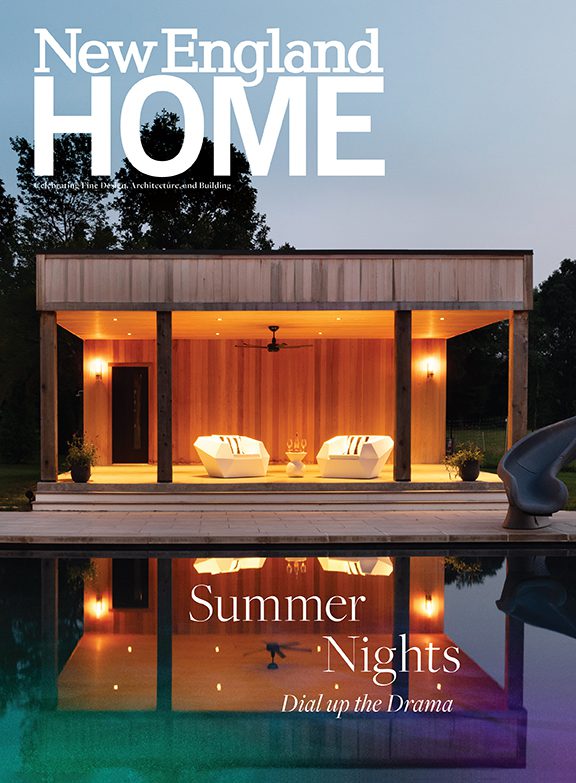
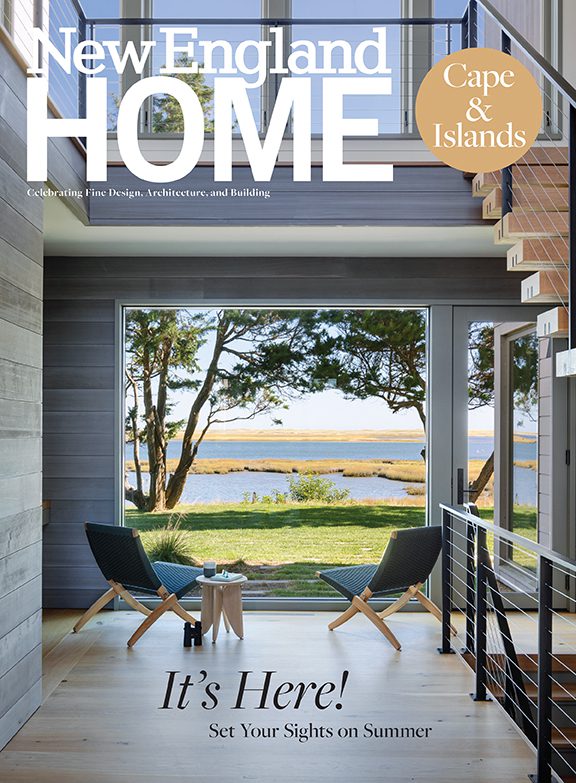
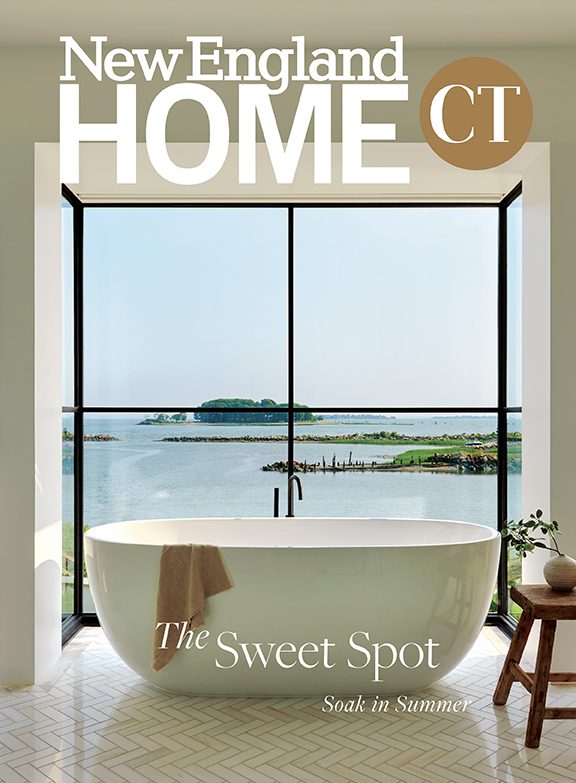


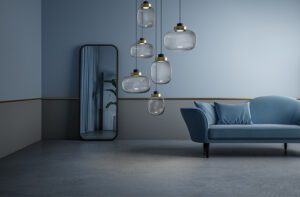
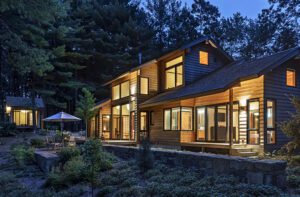
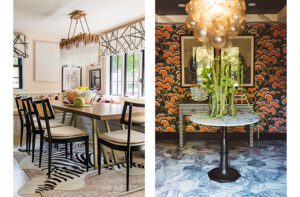
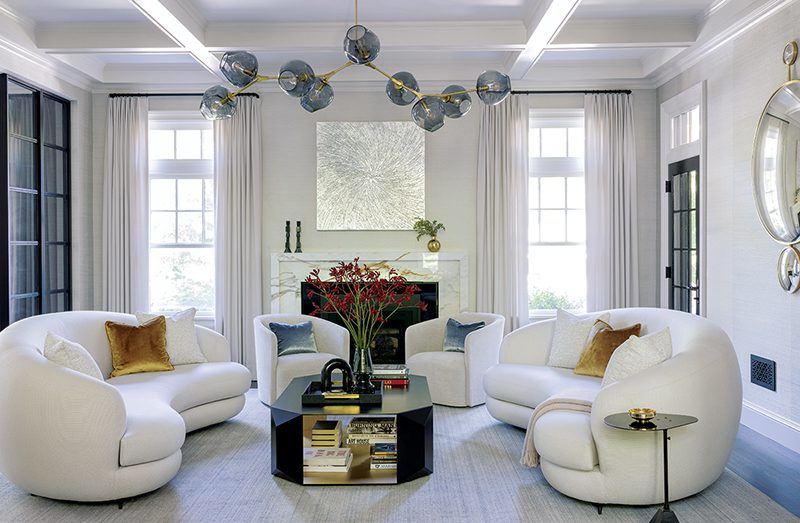
You must be logged in to post a comment.